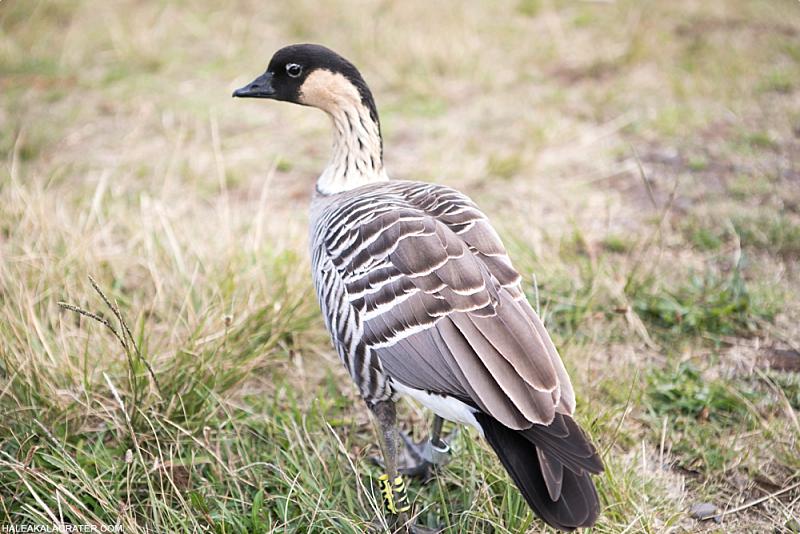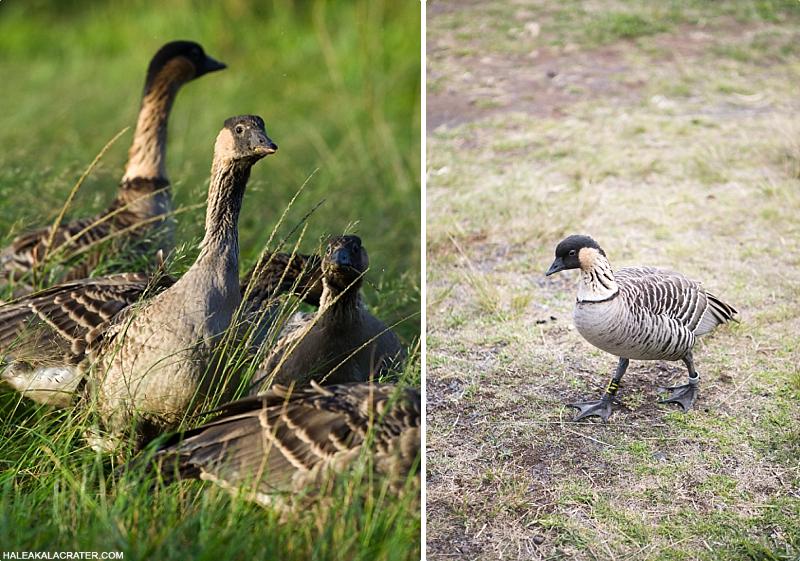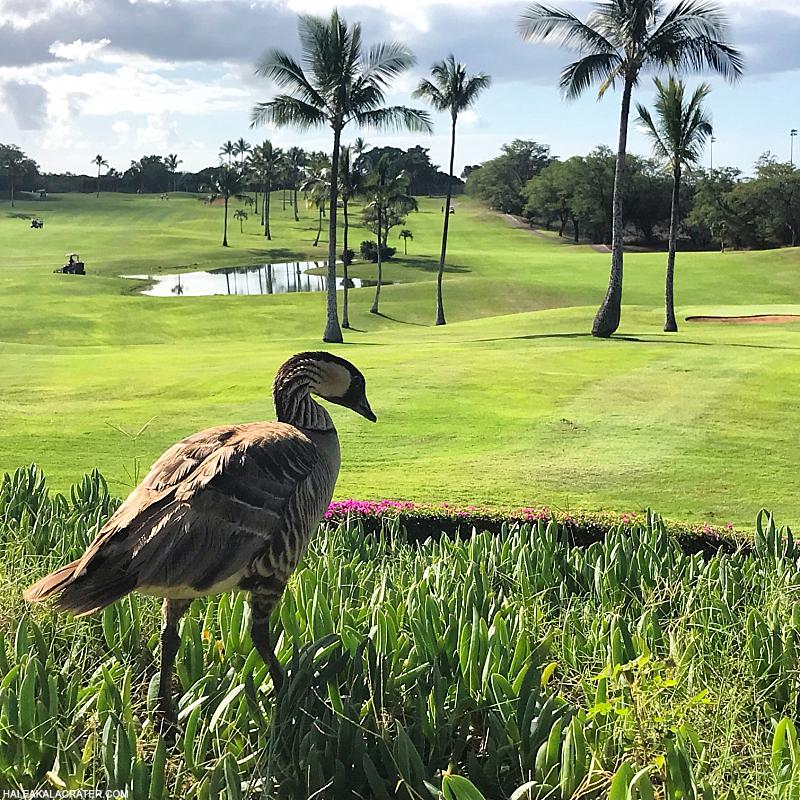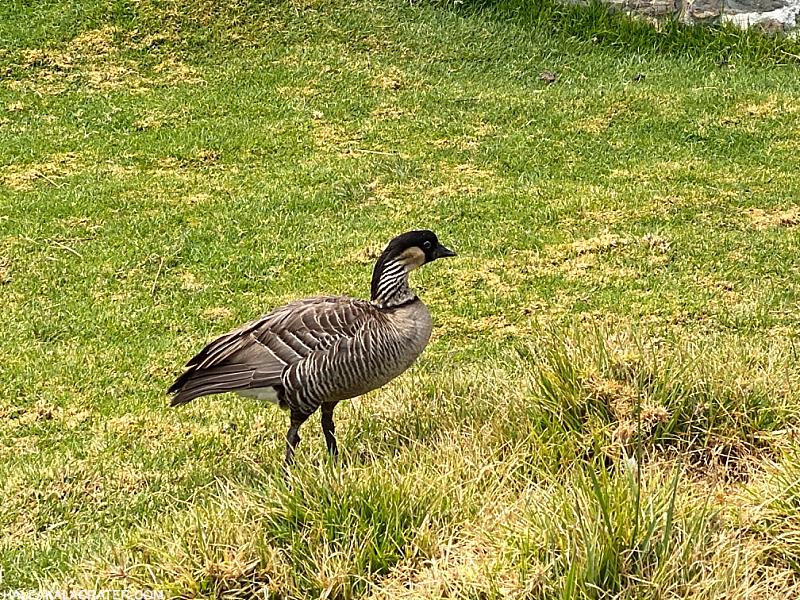The Hawaiian Nēnē Goose is the state bird of Hawaii. It’s a beautiful bird that was once on the brink of extinction. Thanks to conservation efforts, the Hawaiian nene goose is making a comeback. Here’s everything you need to know about this amazing bird.

Things To Know About The Hawaiian Nene Goose
The Hawaiian nene goose is a subspecies of the Canada goose. It’s endemic to Hawaii, which means it’s found nowhere else in the world. The Hawaiian nene goose is around 20-26 inches long and weighs 3-6 pounds. The females are usually larger than the males. The Hawaiian nene goose has tan body feathers with black markings on its head and wings. Its tail is white with a black band at the tip. The legs and feet of the Hawaiian nene goose are also black.

The Hawaiian nēnē goose is Hawaii’s state bird. It used to be common throughout the Hawaiian Islands but due to hunting and habitat loss, its numbers dwindled severely. In 1952, there were only 30 Hawaiian nene geese left in the wild! Thankfully, conservation efforts have helped the Hawaiian nene goose population rebound. Today, there are around 2500 Hawaiian nene geese in the wild.
The Hawaiian nene goose is an important part of Hawaii’s ecosystem. It helps control insect populations and spreads native plants through its droppings. If you’re lucky enough to see a Hawaiian nene goose in the wild, consider yourself lucky! They’re truly special birds.

Fun Facts about the Nene:
- The nēnē is a subspecies of Canada goose.
- The nēnē is Hawaii’s state bird.
- The word “nēnē” comes from the Hawaiian language and means “to chirp or croak”
- The female nēnē lays her eggs in a ground-lying nest made of grasses and twigs.
- Both parents help care for the young goslings until they are old enough to fend for themselves.
- Nenes typically live around 10 years in the wild but have been known to live to around 40 in captivity
- Nenes mate for life and often stay with their flock for their entire lives.
- These birds are excellent swimmers and can often be seen swimming in ponds and lakes.
- The primary predators of nenes are feral cats, dogs, rats, and mongooses.
- Nenes have webbed feet which help them move easily through vegetation when they are foraging for food.
- These birds primarily eat plants, berries, flowers, and grass but will also eat insects, lizards, and fish opportunistically.

The Hawaiian nēnē goose is a beautiful bird that is endemic to Hawaii. Thanks to conservation efforts, it’s making a comeback after being on the brink of extinction. If you’re lucky enough to see one in the wild, consider yourself lucky!







Beautiful birds. We have often enjoyed seeing them on golf courses. Wonderful parents g so glad they are prospering.
So it was like not cool. The other day I was actually attacked by a Nene goose. Do not go near, they are mean and bite. They bit my child.
Ya some of them can be mean. Definitely keep your distance.